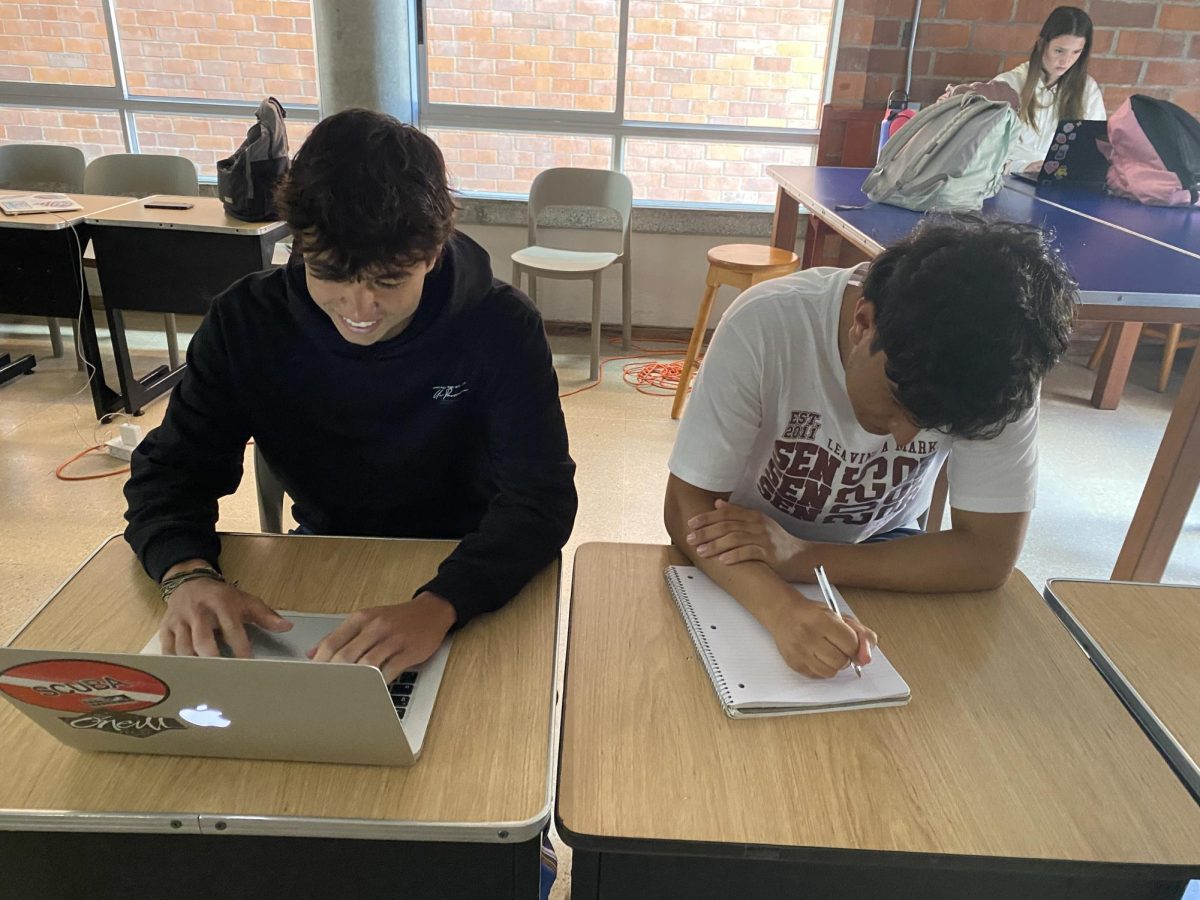As classrooms evolve to embrace the digital age, technology has become a central figure in educational discussions. While some view it as a transformative tool, others fear its distractions and complexities as too much.
To better understand the role of technology in education, three perspectives stand out: the teacher who incorporates technology into daily lessons, the student who prefers traditional methods, and the tech-savvy student who thrives in a digital learning environment. Together, their insights shed light on the benefits, challenges, and future potential of technology in schools.
Many teachers are now using tools like Google Classroom and Kahoot to make lessons engaging and accessible. They see technology as vital for personalized learning and preparing students for the future, though they note challenges like device access and adapting to new tools.
“I integrate technology by using tools like interactive whiteboards, educational apps, and online resources to create dynamic and engaging lessons,” Bradford Stretton, Calculus teacher, said.
Teachers at TCS believe technology enhances engagement, offering interactive tools that clarify complex concepts. However, stress should support, not replace, traditional methods and requires careful management to avoid distractions.
“Technology allows students to engage with material at their own pace, provides instant feedback, and offers a wealth of resources that cater to diverse learning styles. It also prepares students for a tech-driven world,” Stretton said.Other students, though, prefer traditional methods, finding technology distracting and impersonal. They value hands-on activities and face-to-face interactions, which she feels are often reduced by tech-heavy classrooms.
“It’s easy to get distracted by notifications or unrelated content.” Juanita Lopez, senior said.
Contrarily, others see technology as essential, using apps for collaboration and quizzes for instant feedback. While they find it empowering, they acknowledge the need to manage distractions like social media.
“It can be distracting when notifications from social media or other apps pop up during study time. I try to minimize this by using focus mode or apps that block distractions,” Pedro Florez, senior, said.
Both students and teachers agree on the need for balance. Simplifying tools, offering training, and ensuring inclusivity can make technology more effective for everyone. Technology has transformed education, but its success depends on thoughtful integration. By balancing traditional and modern approaches, educators and students can create a more inclusive and engaging learning environment.
“If the tools were simpler and better integrated into lessons, I’d feel more comfortable using technology. Having clear instructions and extra time to practice with new tools would also help a lot,” Lopez said.



